7 Steps to Fix a Slow iPhone
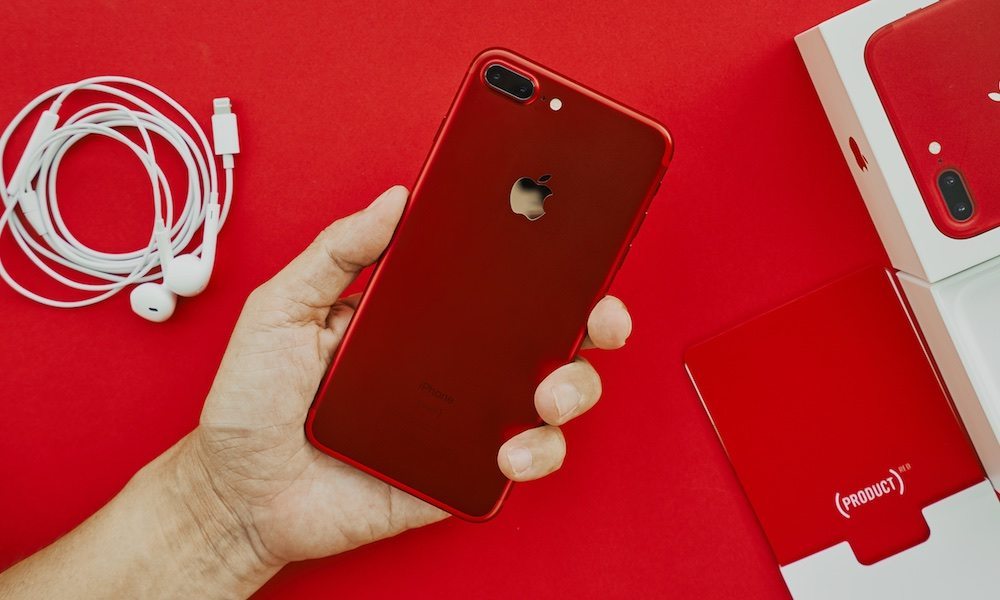
iPhone running slow? While Apple’s flagships aren’t typically prone to sluggish or bogged down behavior, there are cases in which an iPhone can run slower than usual. If that’s the case for your own device, following the steps below should fix most of the common problems associated with sluggish performance.
7. Run the Latest iOS

Firstly, you’ll probably want to be running the latest version of iOS. These regular iOS updates often have speed and stability improvements and fixes for buggy or sluggish behavior. As an added bonus, in addition to fixing potential software issues, the latest iOS versions also carry important security updates to keep your iPhone safe. On a side note, it’s mostly a myth that updating to the latest iOS on older devices will slow them down —iOS updates have often been reported to make older iPhones snappier than usual.
To make sure that you’re running the latest iOS..
- Open Settings.
- Tap General.
- Tap Software Update.
Navigate to #6 Using the Right Arrow
6. Reboot Your iPhone
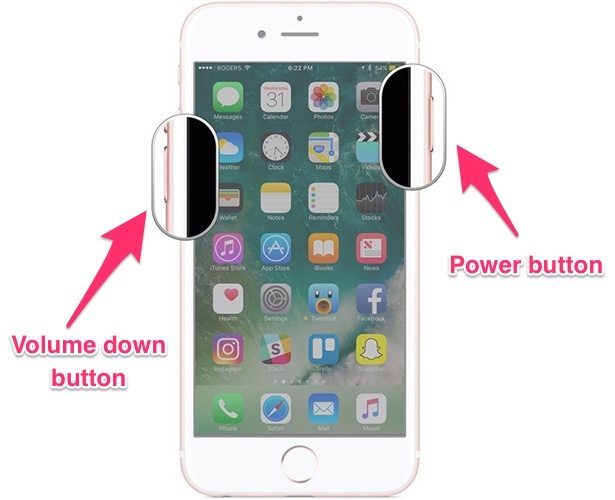
Of course, there could simply be a minor issue causing your iPhone to slow down. And in these instances, a simple reboot (also known as a soft reset) is an easy way to fix those issues. Simply hold down the Lock and Home buttons and the iPhone will perform a hard reboot. On the iPhone 7, or 7 Plus, hold down the Lock and Volume Down Buttons.
Navigate to #5 Using the Right Arrow
5. Turn off Unnecessary UI Elements 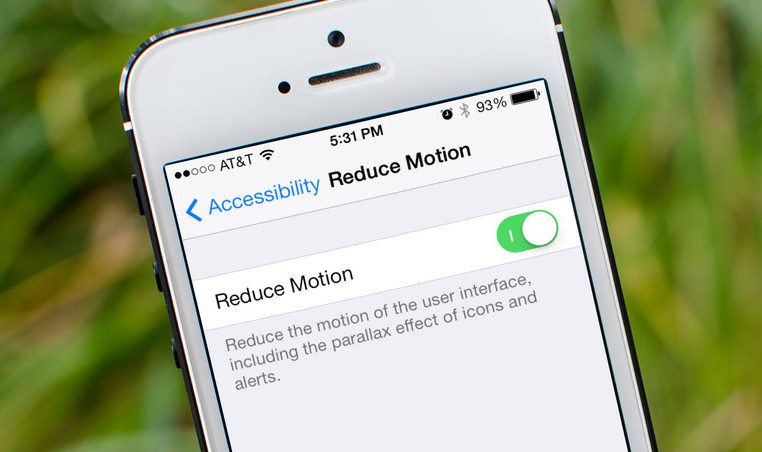
In some cases, it could be app opening animations that are making your iPhone just feel slow. While this won’t fix any software issues or bugs, if there’s nothing wrong with your iPhone it can at least give the illusion of running a bit quicker — particularly if you’re more sensitive to sluggishness than most.
To turn off these UI animations..
- Open Settings
- Tap General
- Tap Accessibility.
- Make sure Reduce Motion is toggled On.
Navigate to #4 Using the Right Arrow
4. Don’t Run 32-Bit Applications
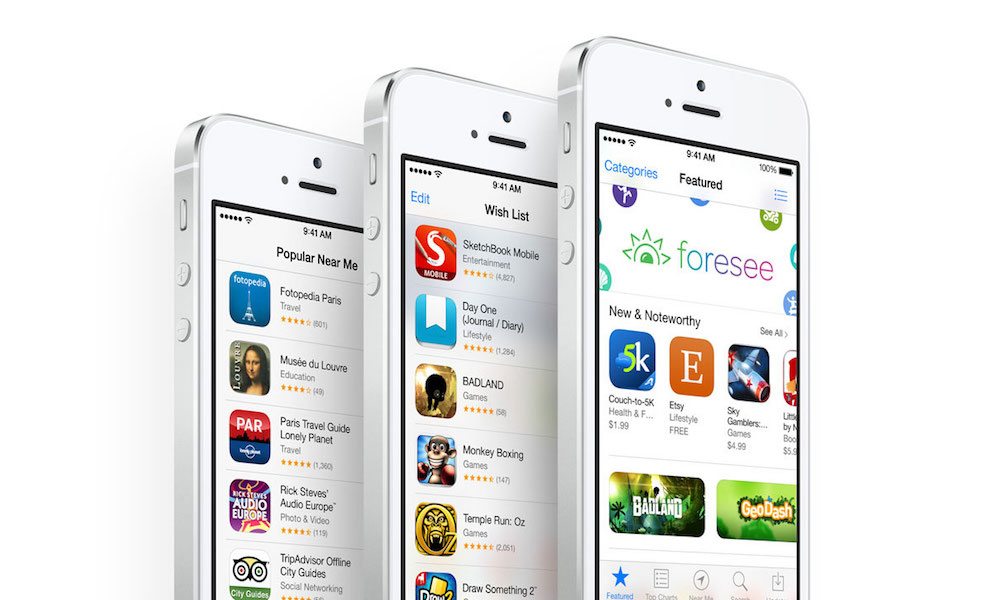
The latest versions of iOS are built on 64-bit architecture, meaning that older 32-bit apps are generally going to be sluggish — and could even cause your iPhone to run slower. While future versions of iOS will nix 32-bit support entirely, in the meantime, it’s probably best to refrain from opening them. In fact, more recent versions of iOS will give you a pop-up window explaining this. Learn more here.
If you’re running at least iOS 10.3, you can find 32-bit apps on your iPhone via following the steps below.
- Open Settings.
- Tap General.
- Tap About.
- Tap Applications.
You can learn more about 32-bit applications and how to manage them here.
Navigate to #3 Using the Right Arrow
3. Check Your Background Processes
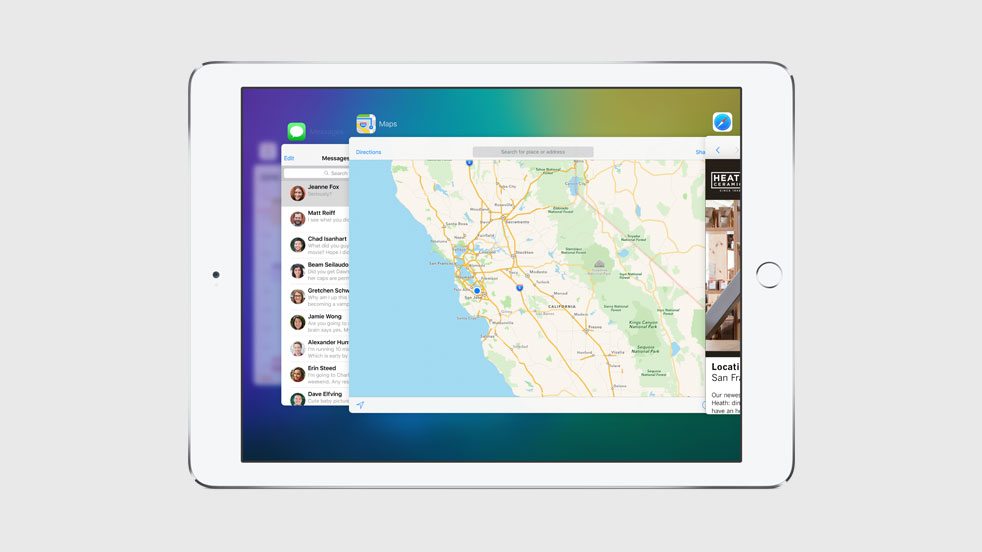
Sometimes, apps can be the culprit of a sluggish iPhone. iOS is usually good at efficiently using its resources, but some apps may be running in the background and insidiously using unnecessary memory. This is especially true for apps that use Background App Refresh to always run in the background.
To check on (and potentially disable) these unnecessary apps, go to
- Settings.
- General.
- Background App Refresh and revoke access to those sneaky apps. *Cough* Facebook *Cough*
Navigate to #2 Using the Right Arrow
2. Clear App Caches

On a similar note, there’s another way that apps could be slowing down your iPhone: caches. Some apps, like internet browsers, will keep a cache of history, cookies and other data. That may be great for convenience, but all that data can add up rather quickly — and they take up quite a bit of space on your iPhone, too. Some likely suspects as Safari, Chrome and Dropbox.
To clear Chrome’s Cache, for example, follow the steps below.
- Open the app.
- Tap on the three-dot Menu.
- Tap on Settings.
- Tap on Privacy.
- Tap on Clear Browsing Data.
Clearing Safari’s cache is a bit easier.
- Open Settings.
- Tap Safari.
- Scroll down and tap on Clear History and Website Data.
Navigate to #1 Using the Right Arrow
1. Reset or Backup & Restore
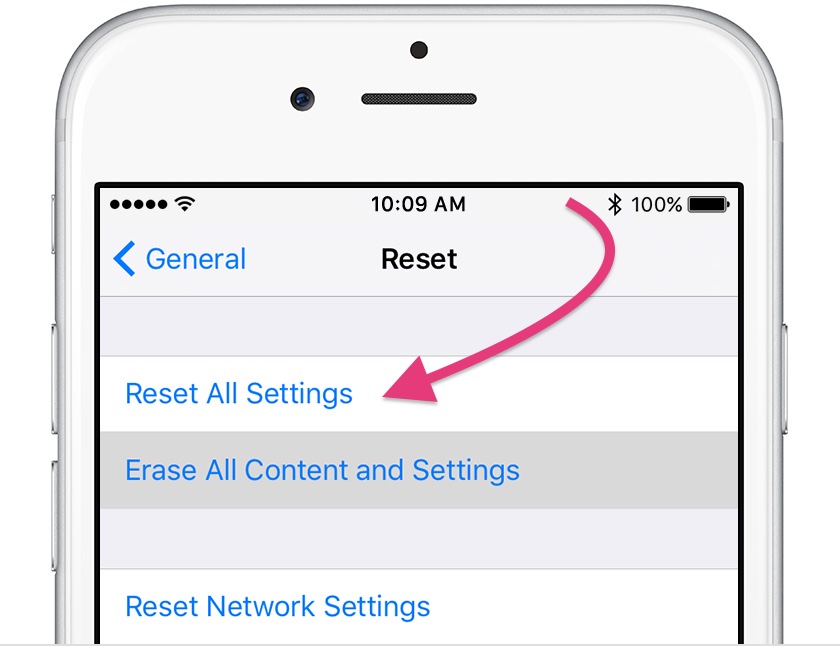
If you’ve performed all the above steps and you’re iPhone is still sluggish, it might be time to move on to more drastic options. Firstly, perform a Settings reset by going to Settings > General > Reset and then tap on Reset All Settings (NOT Erase All Content and Settings). This won’t erase any of your content or data, but will delete settings such as your alarms or wallpaper preferences.
If that doesn’t work, then it might be time to resort to a Full Restore. This is the most time-intensive option, but it should fix any problems once and for all.
- Connect your iPhone to a Mac or PC with iTunes.
- Open iTunes.
- Backup your iPhone to iTunes or iCloud (this is important!)
- Go to the Summary page of your iPhone.
- Click on the Restore button, and following the prompts and instructions.
If that doesn’t work, it’s probably a good idea to take your iPhone to an Apple Genius to keep it checked out and possibly repaired.
